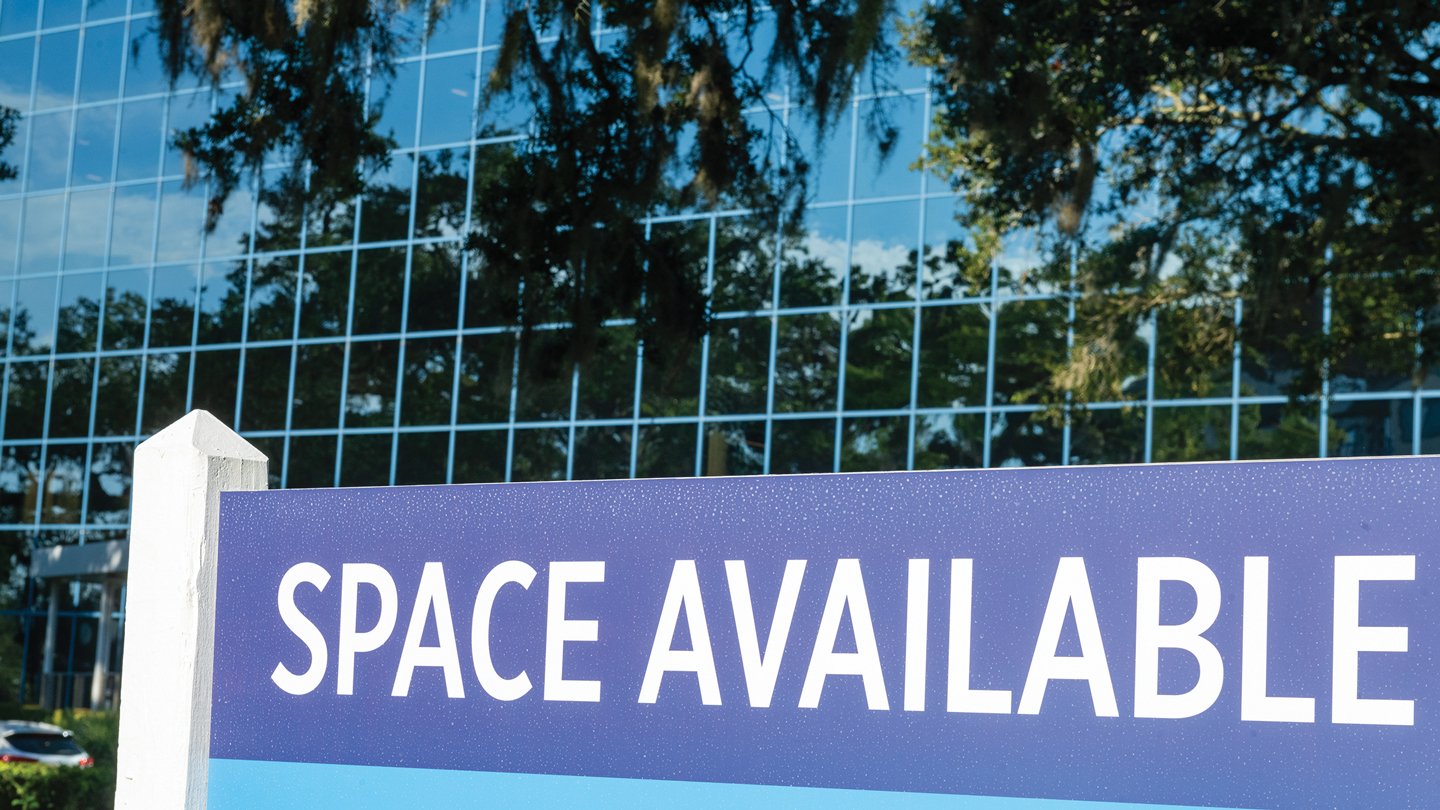New rules meant to protect against insolvency would reduce the amount of credit major banks can provide.
New banking rules promulgated by federal regulators could spell tighter credit for commercial real estate owners at a time when many will need to refinance debt that is coming due on their properties. The new regulations, part of what is known as the Basel III Endgame, would increase capital requirements on major banking institutions in the U.S. The result could be less credit availability for businesses in general, higher financing costs for commercial real estate and a dampening effect on economic growth. The business community has been raising concerns with regulators and elected officials since the policy changes were proposed, and the volume of concern is very likely to increase this year.
Background of Basel III Endgame Regulations
The Federal Reserve, the Federal Deposit Insurance Corp. and the Office of the Comptroller of the Currency jointly proposed the new capital regulations in July 2023, with the period for public comment closing early this year. The Basel Committee on Banking Supervision, an international body located in Basel, Switzerland, of which the U.S. is a member, developed the regulations. The Basel Committee is responsible for setting standards to enhance the safety and soundness of the global financial system, which member countries can then implement through their own laws or regulations. Basel III is a set of measures developed in the aftermath of the 2007 global financial crisis, and the final iteration is known as the Basel III Endgame.
The technical details of the regulation are complicated, but the rule essentially requires major banks — those holding more than $100 billion in assets — to increase their highest-grade capital by an average of about 16% across the board, with the larger banks required to hold up to 19% more in capital. Increasing the amount of capital that banks must keep in reserve compared with their outstanding loans serves as added protection against insolvency, thereby reducing the risk they could pose to the global financial system. However, this action also reduces the amount of credit these banks can provide and lowers their profitability. While the regulations will be phased in over a period of years beginning in 2025, banks will need to begin adjusting their lending strategies and portfolio management now to ensure future compliance.
Impact on Real Estate Finance
The Financial Stability Oversight Council, a federal government organization established in the aftermath of the Great Recession, stated in its 2023 annual report that banks held half of the $6 trillion in commercial real estate loans. Commercial real estate is the largest loan category for almost half of all U.S. banks. Of the outstanding commercial real estate debt, over $1 trillion will mature in 2024 or 2025 and will need to be paid off, extended or refinanced.
Much of the commercial real estate sector is already facing a challenging finance environment, due in large part to the Federal Reserve’s steep increases in interest rates. In addition, office properties are confronting starkly different market conditions resulting from the permanence of post-pandemic remote work patterns, which have led to historically high vacancy rates. At the end of 2023, 19.6% of the office space in major U.S. cities was vacant, marking an increase over the prior year, according to a report by Moody’s Analytics. Previous office vacancy records were recorded more than 30 years ago, in 1986 and 1991.
The Federal Reserve finally signaled a pause in interest rate increases this past December, and financial markets are hoping for reductions this year. However, that might not offer much help in the near term for many commercial property owners looking to refinance. The bulk of these loans had borrowing rates near zero, while the effective federal funds rate at the beginning of this year was between 5.25% and 5.5%. Furthermore, higher vacancy rates have led to decreased market valuations for many office properties, which could result in their owners having to put up more equity when refinancing.
Reduced rental revenue — resulting from lower occupancy and higher debt service costs associated with refinancing at higher interest rates — combined with higher insurance and other operating costs due to inflation were already factors leading major banks to tighten credit to the sector and reduce their holdings of what had become, in their view, risky commercial real estate assets. The Federal Reserve even issued a letter to banks urging them to work with commercial real estate borrowers to extend or modify existing loans. There is little doubt that layering stricter capital requirements on banks, on top of the negative economic conditions already affecting commercial real estate, would have a pronounced impact on the availability of financing for the industry.
Industry Response to the Proposal
The banking industry began sounding alarm bells soon after the proposal’s release. The U.S. Chamber of Commerce also weighed in, arguing that the proposal could limit the availability of credit for business activity. The bipartisan, nonprofit public policy organization Center Forward put the issue on its agenda, running television ads against Basel III Endgame. NAIOP has made the availability of capital and credit for commercial real estate a top public policy issue for 2024. Republican senators and representatives and moderate Democrats have already voiced concerns with the proposal.
While Federal Reserve Chair Jerome Powell has stated he wants to ensure the regulation addresses legitimate industry concerns, few believe regulators will want to delay finalizing the rule beyond the second half of the year. Under the Congressional Review Act, Congress has 60 days after a regulation is finalized to introduce legislation to overturn or modify the rule. If Congress adjourns before the end of that period, then the clock will reset.
The Biden administration will want to push federal agencies to finalize regulations well in advance of the November congressional elections while Democrats have majority control of the Senate. This would prevent the next Congress from overturning the regulations in case Republicans take over the Senate and retain their majority in the House of Representatives. Either way, expect maintaining adequate credit for commercial real estate to be a major advocacy focus for NAIOP and its industry allies in 2024.
Aquiles Suarez is senior vice president for government affairs at NAIOP.
RELATED ARTICLES

State Action for Ensuring Sustainable Electricity Supply
Rapidly increasing energy demands pose challenges for commercial real estate.
Read More
Rightsizing the Federal Real Estate Portfolio
Disposal of underutilized properties could create challenges for the commercial real estate sector and local economies.
Read More
Partnership Tax a Major Issue in 2025 Reform Debate
Potential changes to taxation of partnerships and other pass-through entities could have an outsized impact on commercial real estate.
Read More



